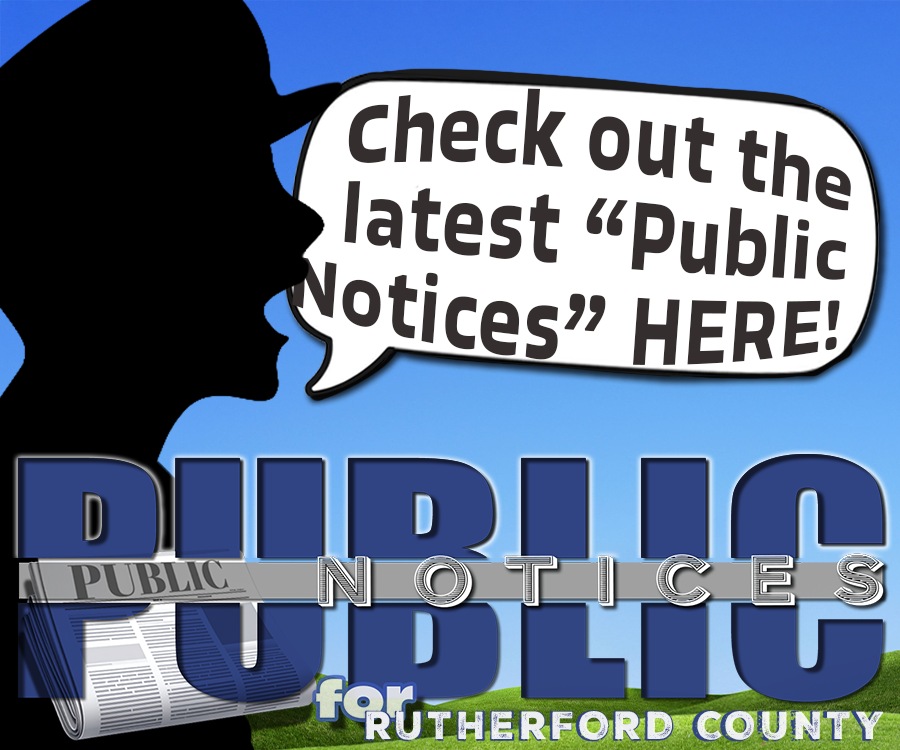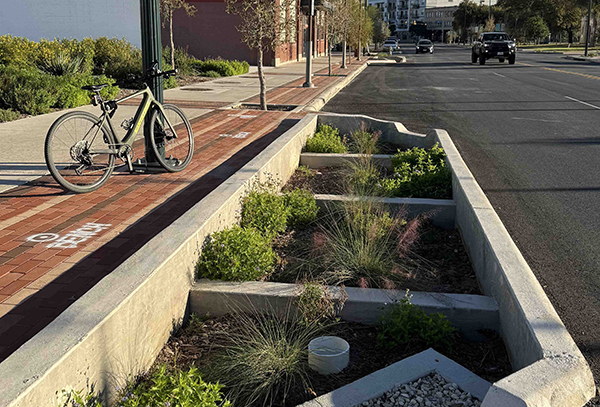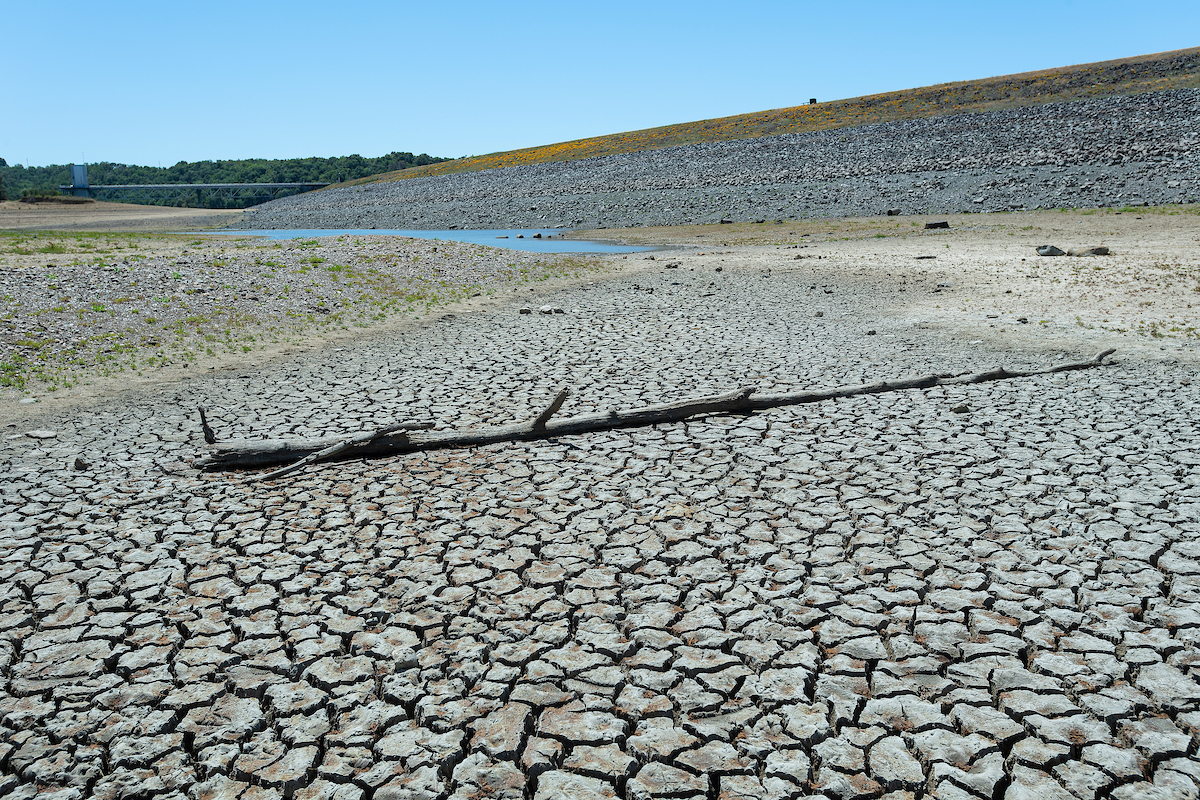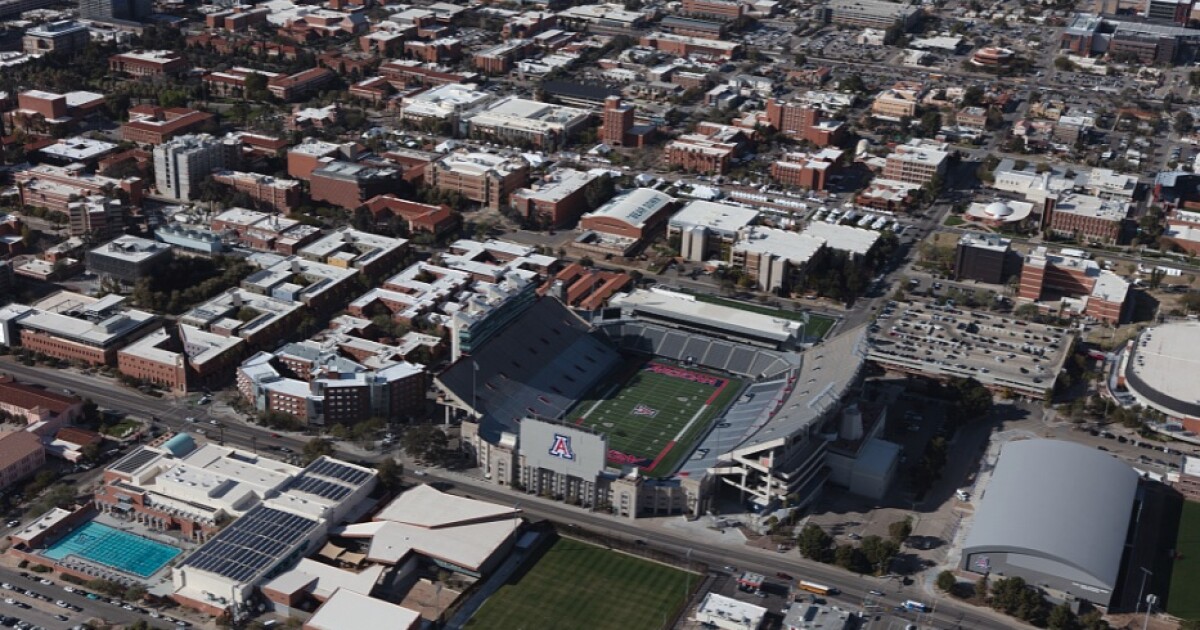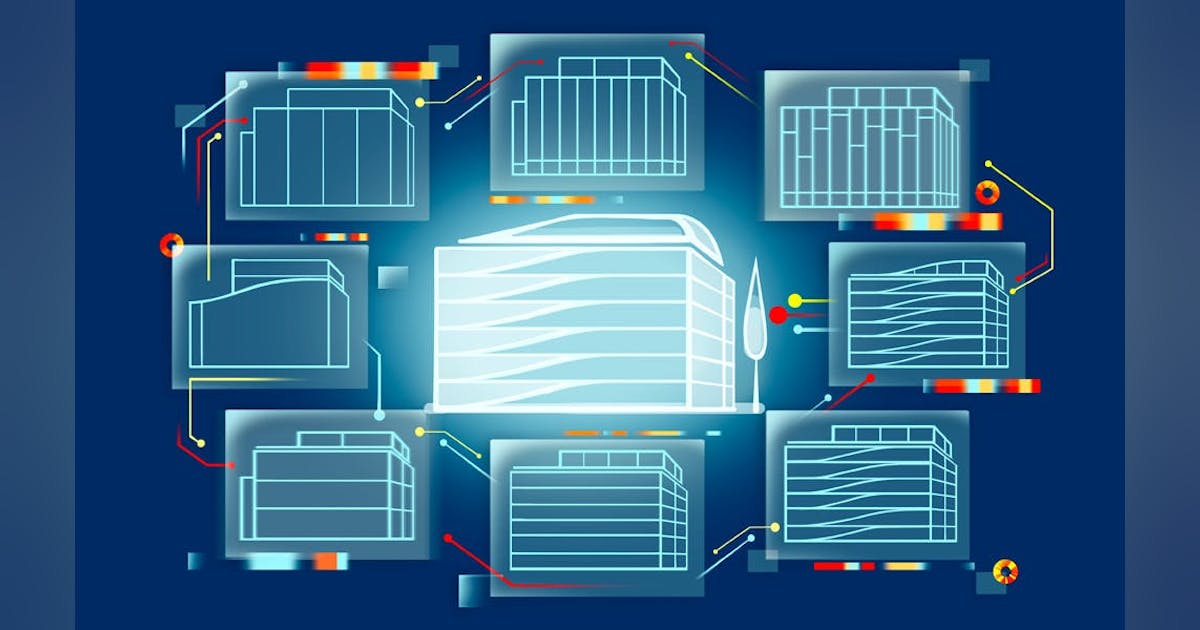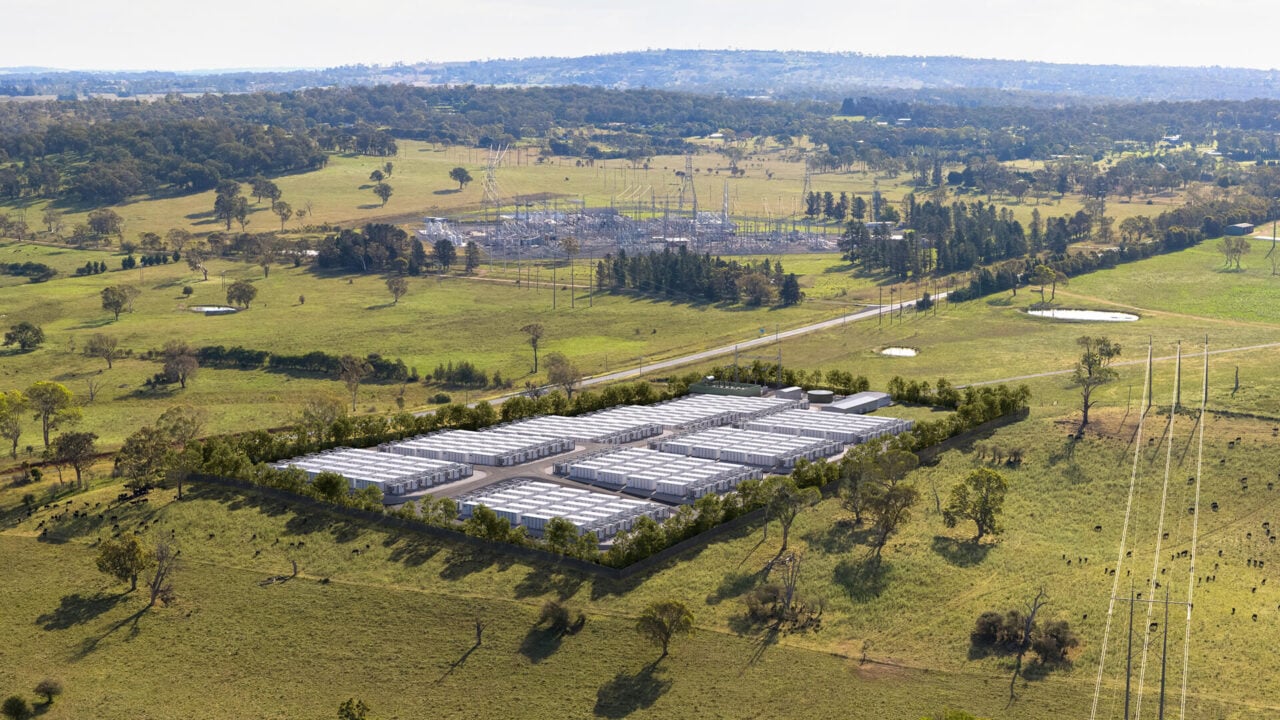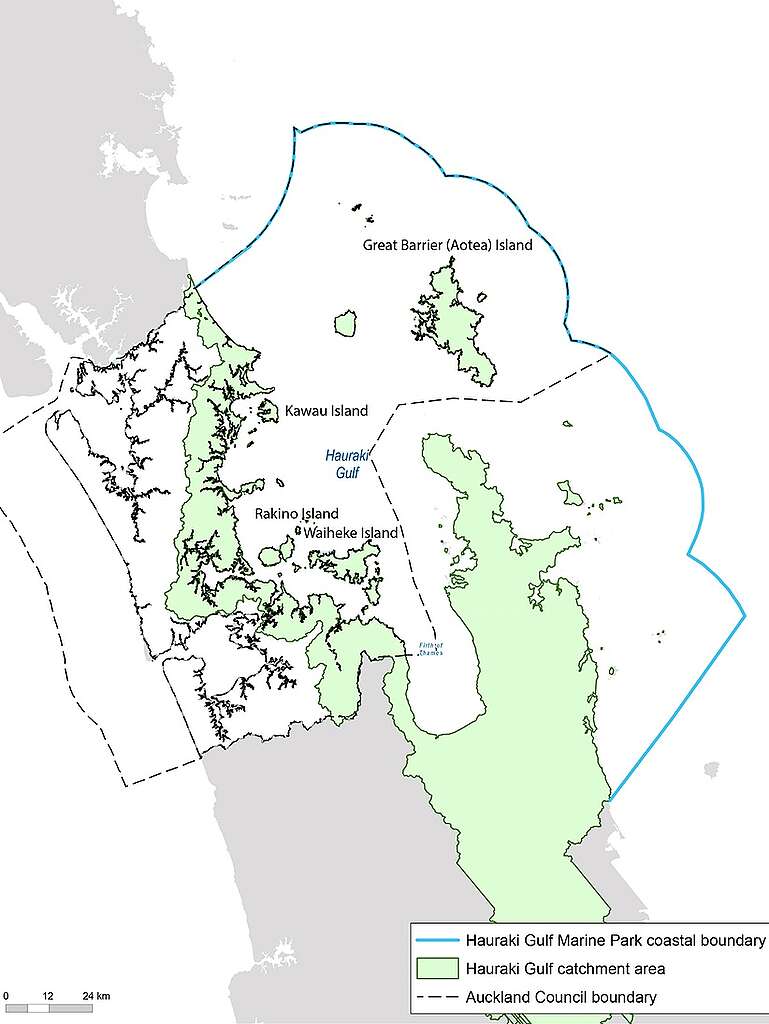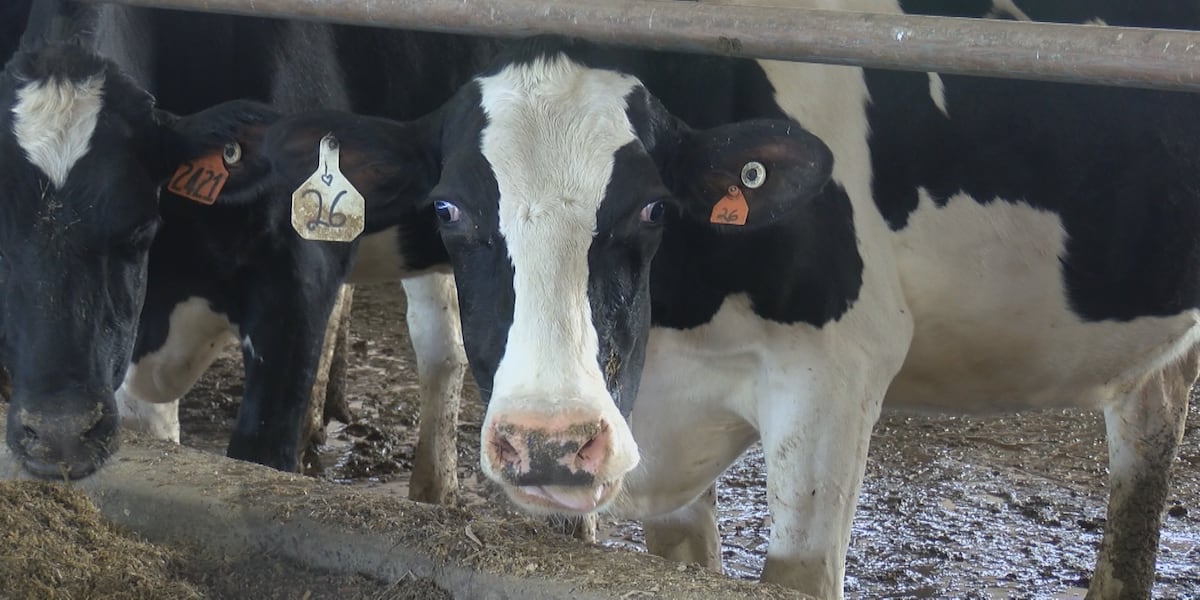Bedford City Utilities releases excellent 2024 Consumer Confidence Report on drinking water quality – WBIW
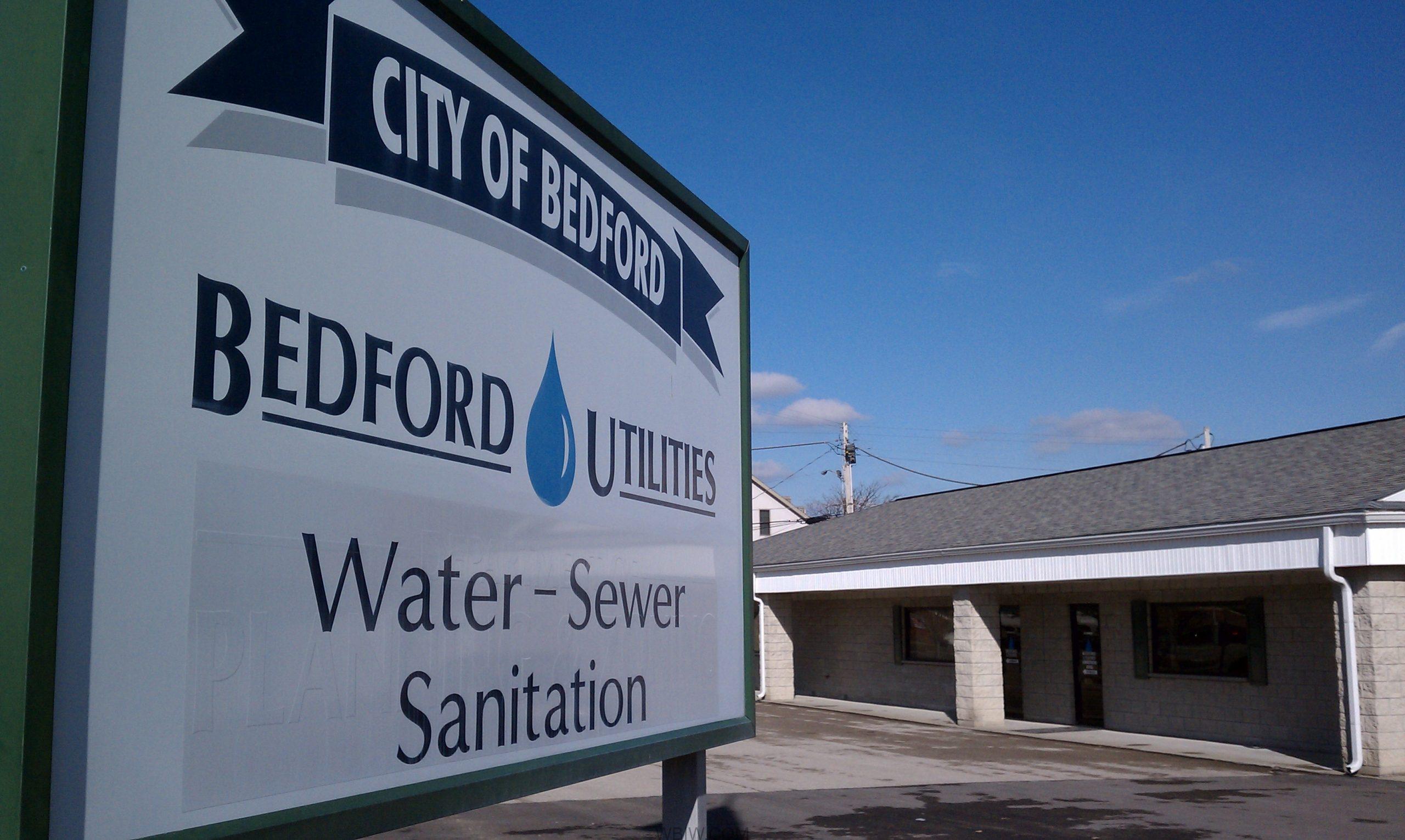
Bedford City Utilities 2024 Consumer Confidence Report on Drinking Water Quality
Bedford City Utilities has published its 2024 Consumer Confidence Report, confirming the city’s drinking water quality complies fully with state and federal safety standards. This report aligns with the United States Environmental Protection Agency (EPA) requirements and supports the achievement of Sustainable Development Goal (SDG) 6: Clean Water and Sanitation.
Overview of Water Quality and Compliance
The report demonstrates that all detected contaminants in Bedford’s water supply remain below EPA maximum contaminant levels, with no violations recorded. The analysis covers disinfectants, inorganic and synthetic organic contaminants, and radioactive substances, ensuring safe drinking water for the community.
Disinfection and By-Products
- Chlorine, used to control microbial contaminants, measured at 0.7 ppm, well below the Maximum Residual Disinfectant Level Goal (MRDLG) of 4 ppm.
- Haloacetic Acids (HAA5) detected at 32.2 ppb, below the regulatory limit of 60 ppb.
- Total Trihalomethanes (TTHMs) measured at 58.2 ppb, under the 80 ppb limit.
These results reflect effective water treatment practices, contributing to SDG 3: Good Health and Well-being by preventing waterborne diseases.
Inorganic Contaminants Monitoring
- Asbestos, barium, cadmium, chromium, and fluoride levels were monitored with no violations.
- Fluoride concentration at 0.4 ppm, supporting dental health as recommended by public health guidelines.
- Sodium detected at 15 ppm as an optional monitoring parameter.
- Nitrate and nitrite levels at 0.4 ppm and 0.01 ppm respectively, well within safe limits, indicating minimal impact from agricultural runoff.
This monitoring supports SDG 6 by ensuring water safety and SDG 2: Zero Hunger through sustainable agricultural practices that minimize contamination.
Radioactive and Synthetic Organic Contaminants
- Radium levels tested in 2021 remained compliant with regulatory standards.
- Herbicides and pesticides such as 2,4-D, atrazine, glyphosate, and simazine were detected at levels well below EPA maximum contaminant levels.
These findings demonstrate effective protection against agricultural runoff, advancing SDG 15: Life on Land by reducing harmful chemical exposure to ecosystems.
Lead and Copper Monitoring
- Lead levels measured at 1.5 ppb, significantly below the action level of 15 ppb.
- Copper detected at 0.055 ppm, below the action level of 1.3 ppm.
- No samples exceeded regulatory limits, indicating minimal corrosion in household plumbing.
These results contribute to SDG 3 by protecting public health from toxic metal exposure.
Commitment to Public Health and Sustainable Water Management
Bedford City Utilities reaffirms its commitment to maintaining water quality that meets or exceeds all regulatory standards. The city actively manages common sources of contaminants such as natural erosion, agricultural runoff, and disinfection by-products through continuous monitoring and treatment.
Residents are encouraged to access the full Consumer Confidence Report online or at the utility office for detailed information. This transparency supports SDG 16: Peace, Justice and Strong Institutions by fostering community trust and accountability.
1. Sustainable Development Goals (SDGs) Addressed
- SDG 6: Clean Water and Sanitation
- The article focuses on the quality of drinking water, compliance with safety standards, and monitoring of contaminants, directly relating to ensuring availability and sustainable management of water and sanitation for all.
- SDG 3: Good Health and Well-being
- By ensuring safe drinking water free from harmful contaminants, the article addresses public health protection and disease prevention.
- SDG 12: Responsible Consumption and Production
- The monitoring and regulation of chemical substances and pollutants in water reflect responsible management of chemicals and waste.
- SDG 15: Life on Land
- Protection from agricultural runoff and monitoring of pesticides and herbicides link to sustainable management of terrestrial ecosystems and combating land degradation.
2. Specific Targets Under Identified SDGs
- SDG 6: Clean Water and Sanitation
- Target 6.1: Achieve universal and equitable access to safe and affordable drinking water for all.
- Target 6.3: Improve water quality by reducing pollution, minimizing release of hazardous chemicals, and substantially increasing recycling and safe reuse.
- SDG 3: Good Health and Well-being
- Target 3.9: Substantially reduce the number of deaths and illnesses from hazardous chemicals and air, water, and soil pollution and contamination.
- SDG 12: Responsible Consumption and Production
- Target 12.4: Achieve environmentally sound management of chemicals and all wastes throughout their life cycle.
- SDG 15: Life on Land
- Target 15.3: Combat desertification, restore degraded land and soil, including land affected by desertification, drought and floods.
- Target 15.5: Take urgent and significant action to reduce the degradation of natural habitats and halt the loss of biodiversity.
3. Indicators Mentioned or Implied in the Article
- Water Quality Indicators (SDG 6.3)
- Levels of disinfectants such as chlorine (0.7 ppm) compared to Maximum Residual Disinfectant Level Goal (4 ppm).
- Concentrations of disinfection by-products: Haloacetic Acids (HAA5) at 32.2 ppb and Total Trihalomethanes (TTHMs) at 58.2 ppb, both below regulatory limits.
- Inorganic contaminants monitoring: asbestos, barium, cadmium, chromium, fluoride (0.4 ppm), sodium (15 ppm), nitrate (0.4 ppm), nitrite (0.01 ppm).
- Radioactive contaminants such as radium levels compliant with standards.
- Lead (1.5 ppb) and copper (0.055 ppm) levels in consumer taps, below action levels.
- Health and Safety Compliance Indicators (SDG 3.9)
- Absence of violations in contaminant levels indicating effective protection of public health.
- Environmental Management Indicators (SDG 12.4 and 15)
- Monitoring of herbicides and pesticides (2,4-D, atrazine, glyphosate, simazine) below maximum contaminant levels.
- Regular testing and reporting as mandated by EPA regulations.
4. Table of SDGs, Targets, and Indicators
| SDGs | Targets | Indicators |
|---|---|---|
| SDG 6: Clean Water and Sanitation |
|
|
| SDG 3: Good Health and Well-being |
|
|
| SDG 12: Responsible Consumption and Production |
|
|
| SDG 15: Life on Land |
|
|
Source: wbiw.com

What is Your Reaction?
 Like
0
Like
0
 Dislike
0
Dislike
0
 Love
0
Love
0
 Funny
0
Funny
0
 Angry
0
Angry
0
 Sad
0
Sad
0
 Wow
0
Wow
0











